As I enter into the dim-lit classroom at Njengu Primary School, the students faces light up – big smiles and shy chuckles fill the room. I look around at the dirt floors, the thin wooden benches that serve as desks, the faded lessons scribbled on the chalkboard, and the lone, cherished piece of chalk whittled down to only a sliver. I think of all the classrooms I spent my childhood in – brightly lit with decorative holiday-themed banners hanging from the walls, whiteboards covered in every color of dry-erase marker, computers and projectors humming with an endless supply of power, individual desks filled with textbooks, crayons, rulers, scissors, glue – all the necessities for learning, creating, expressing, engaging, growing.
Here in Kenya, the humble chalkboard and rickety benches serve as a stark reminder of the challenges these students face – both inside and outside the classroom. Many students at Njengu Primary have to walk long distances to get to school, often on an empty stomach. Unlike most schools in the United States, there is no cafeteria, kitchen facility, or school meal program to feed students throughout the day. Hunger is an unavoidable part of learning. Most of the girls at the school wake up before sunrise to fetch water and firewood. After school, the students help feed cattle, harvest crops in the field, cook, clean, and wash their school uniforms. There is no soccer practice, no dance class, no hide and seek, no Nickelodeon.
But these students are just as hopeful for the future, and dream just as big as other children all over the world. When I ask, “What do you want to be when you grow up?” the students answer with optimism and determination – ‘”I want to be a pilot, a doctor, a teacher.” Despite their big challenges, their aspirations are even bigger. Despite the hard lives they endure, they smile, laugh, and work, even harder.

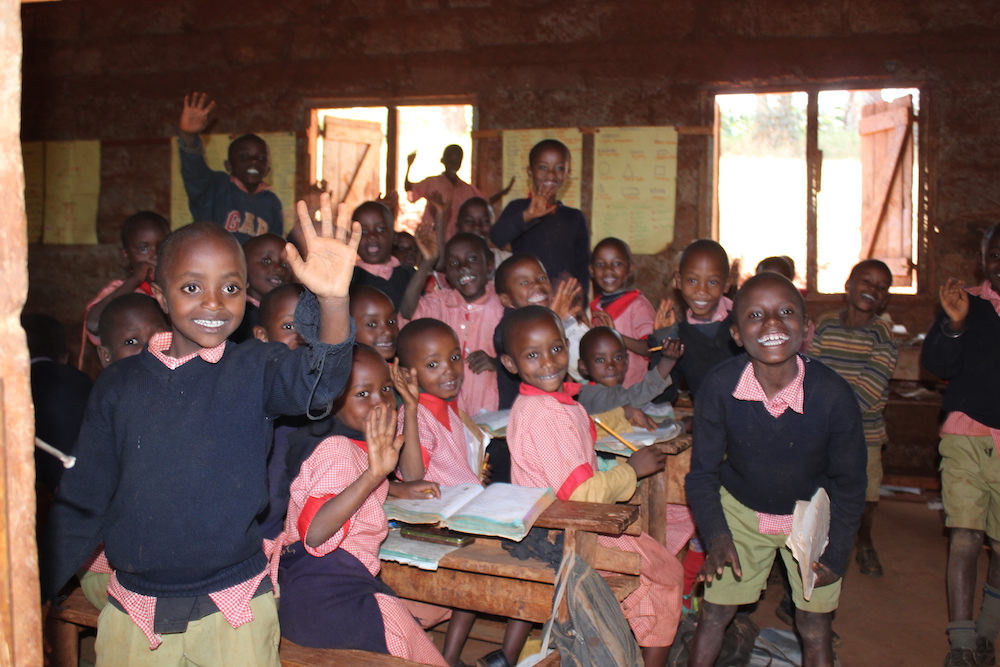
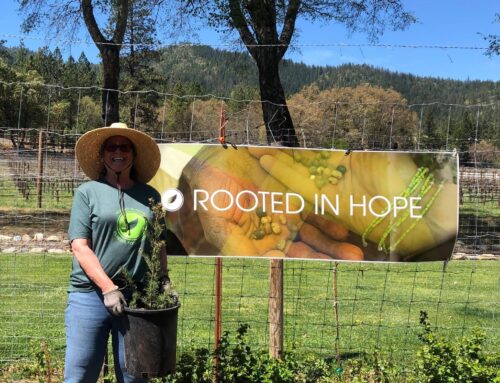
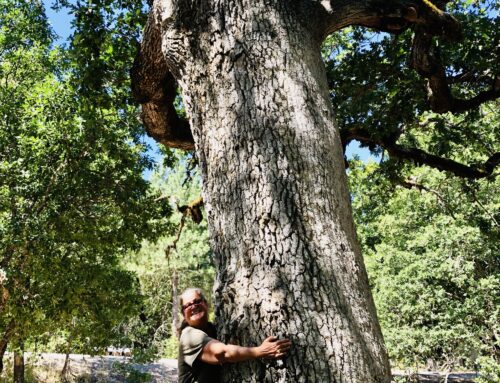
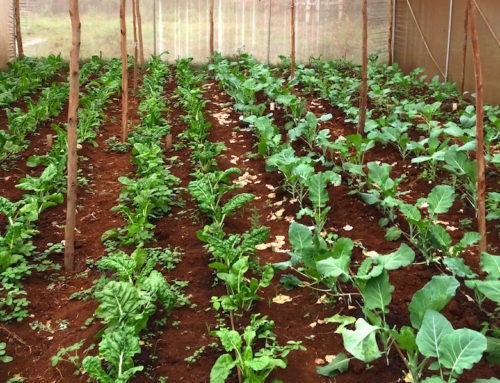
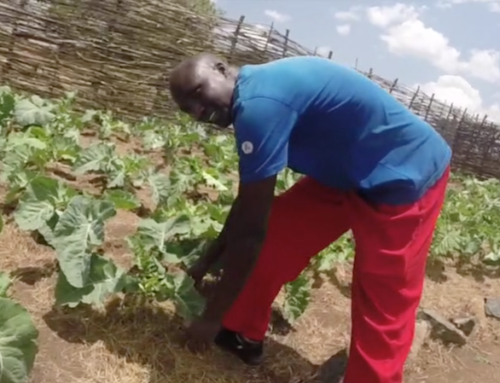

Great initiatives towards food security
Amazing moments out there. Keep it up! This is extremely touching.
I would love to participate.
David from Nairobi,Kenya
These bright faces signifies a bright future.